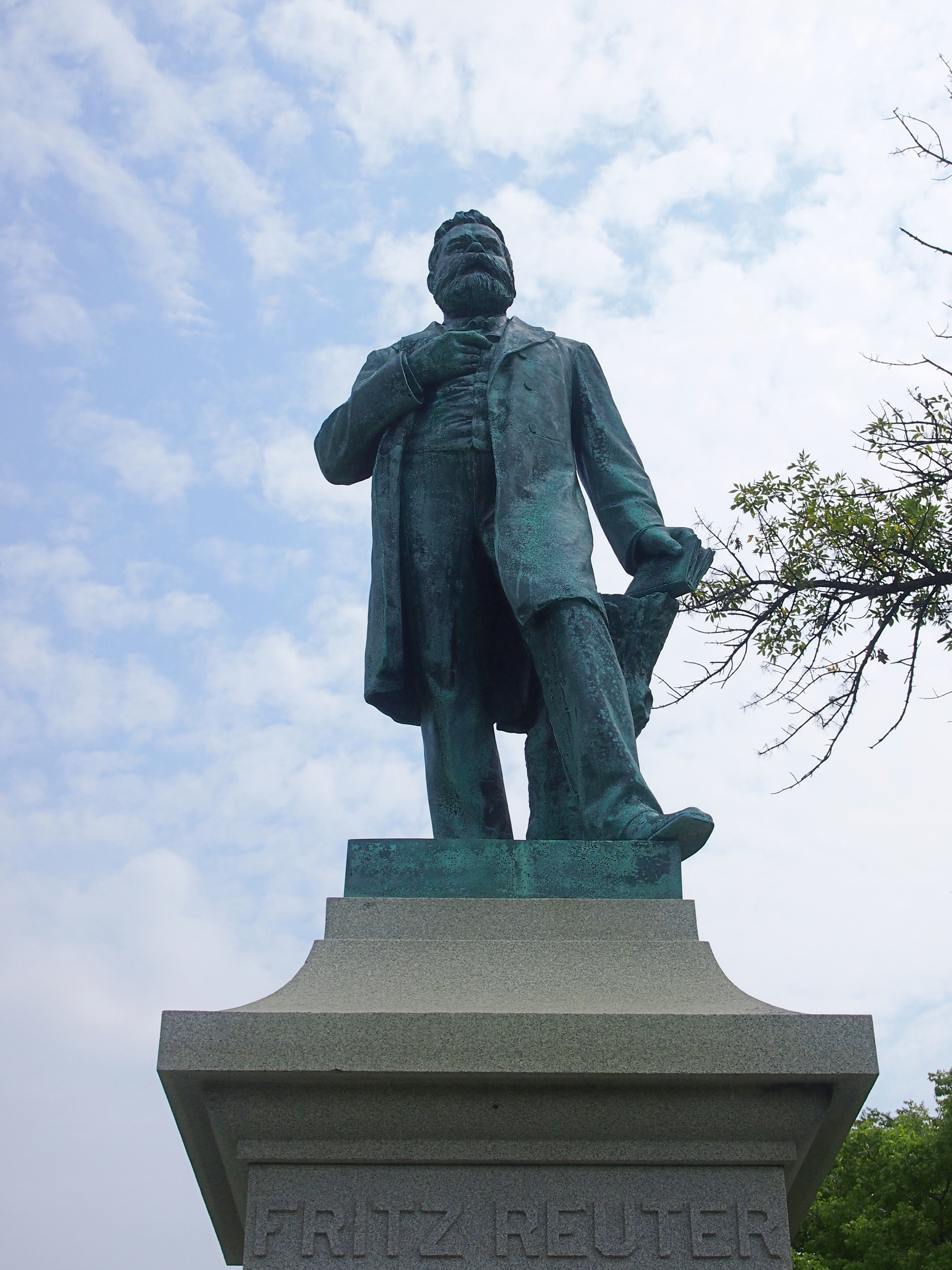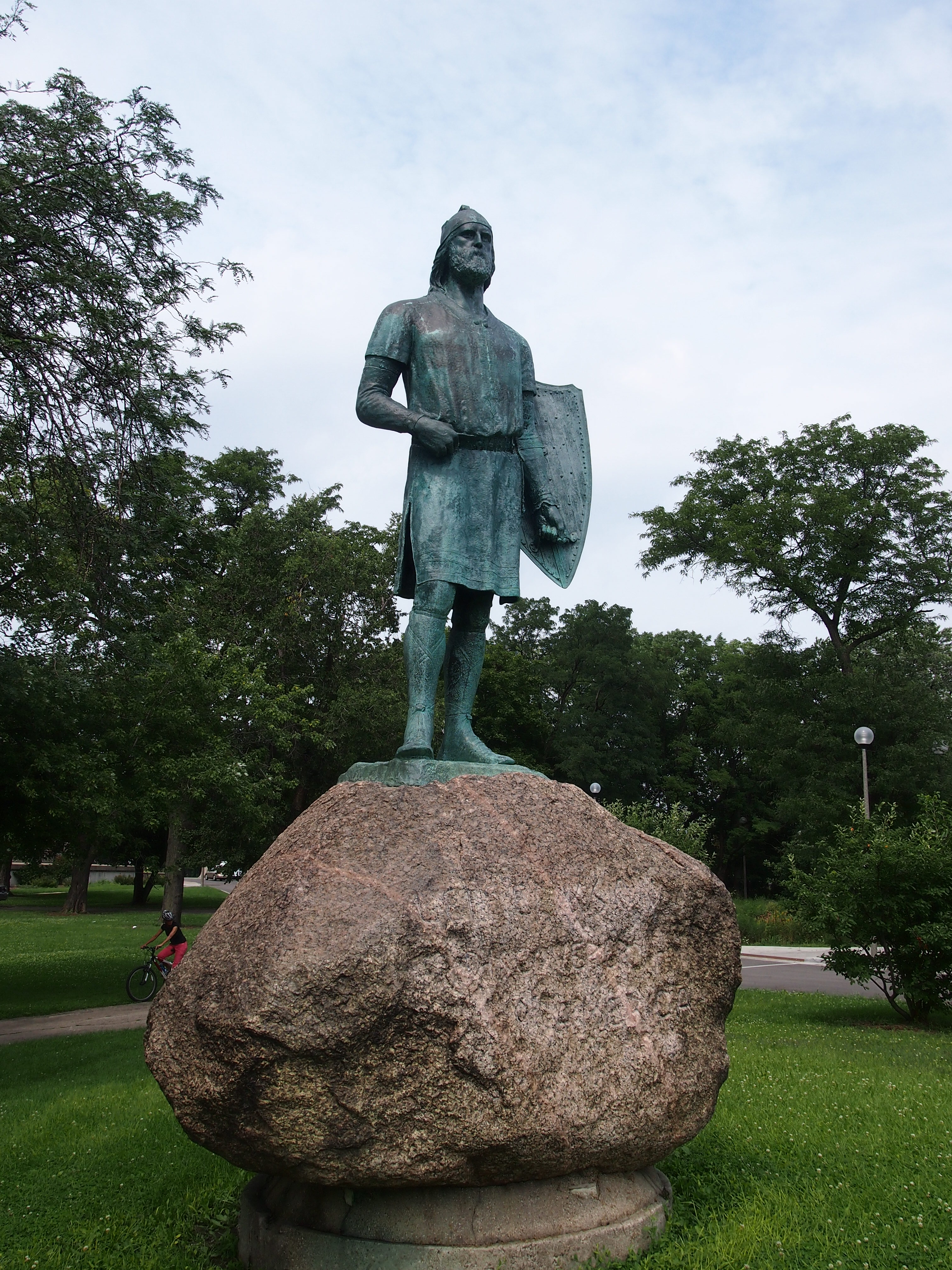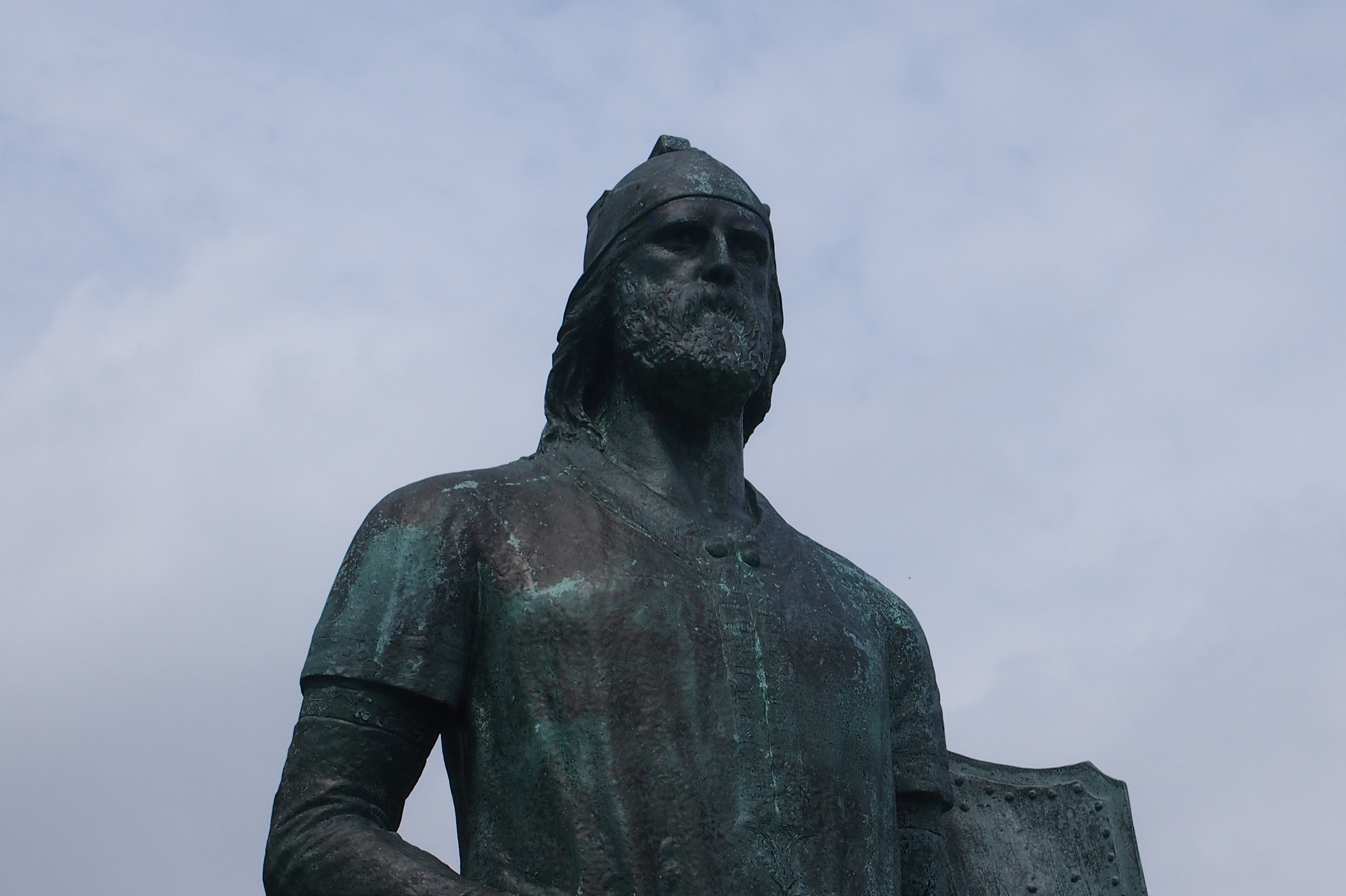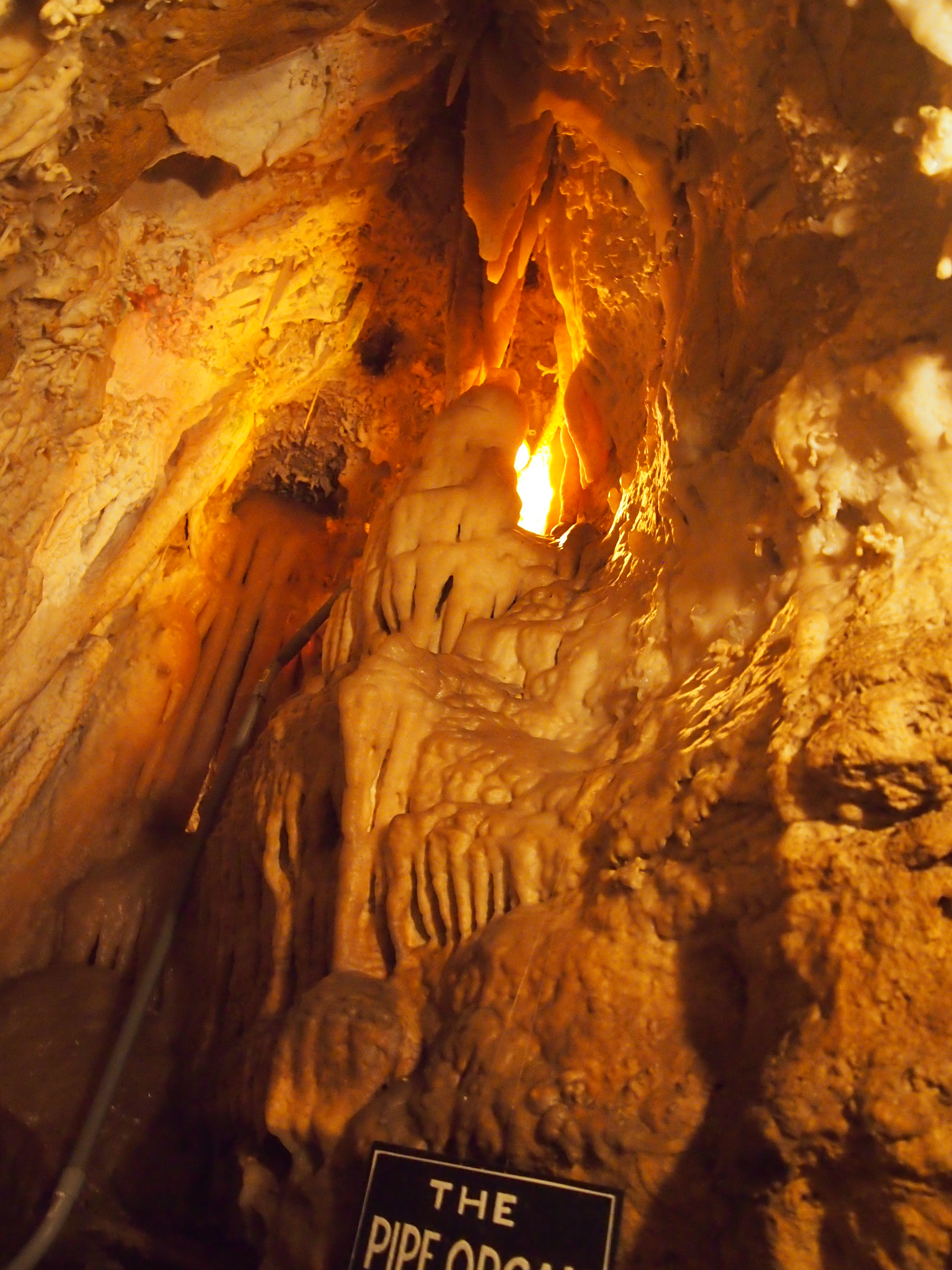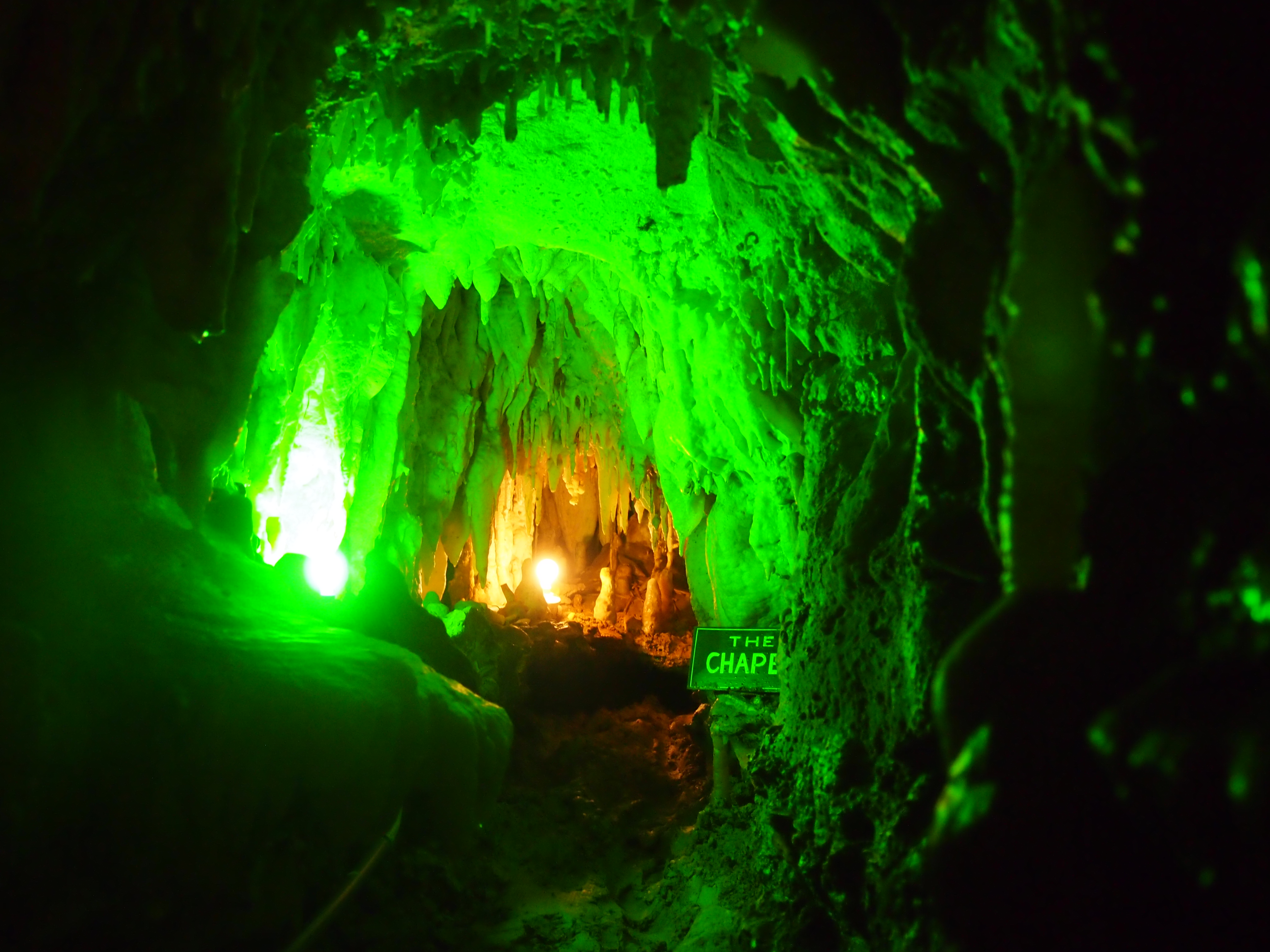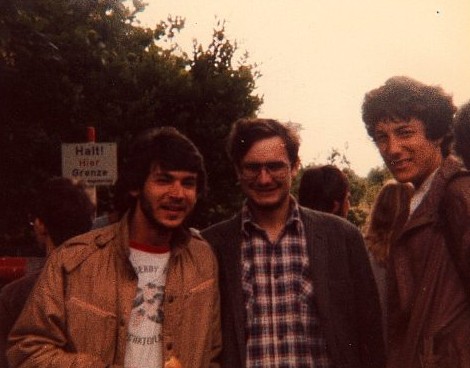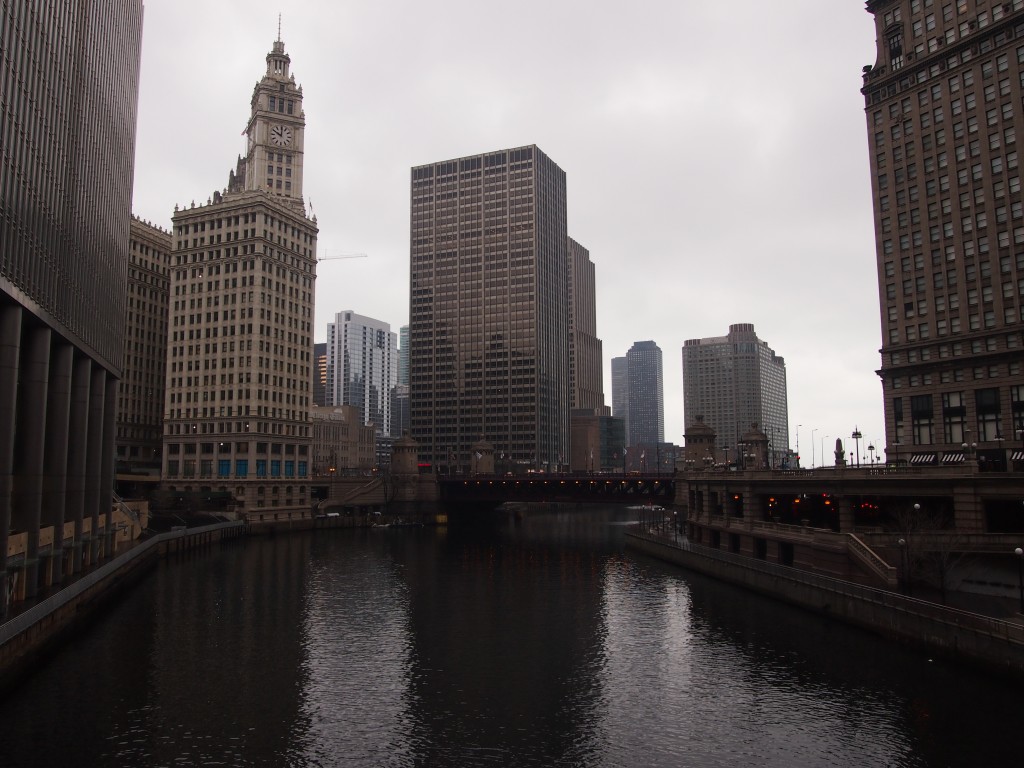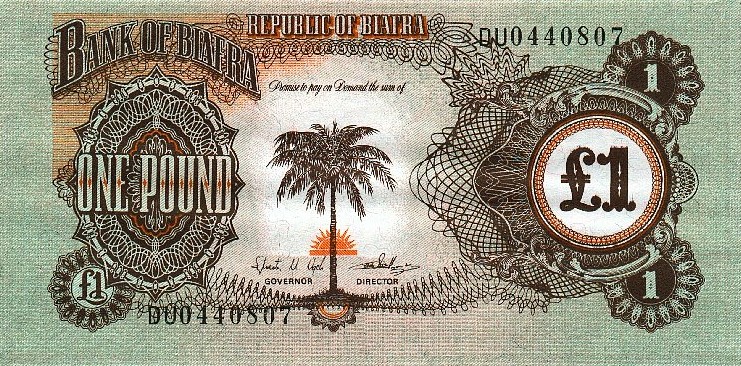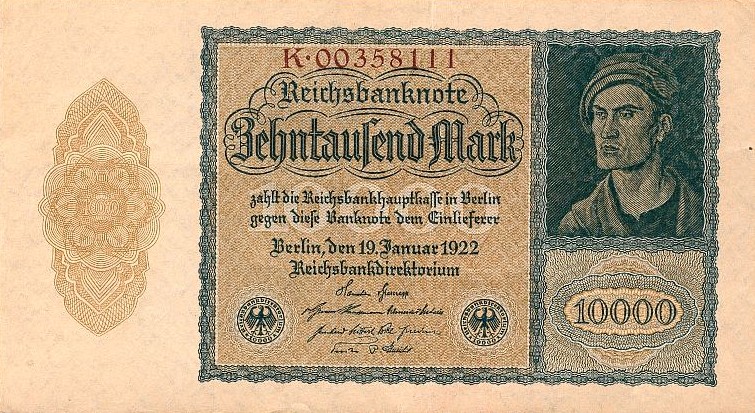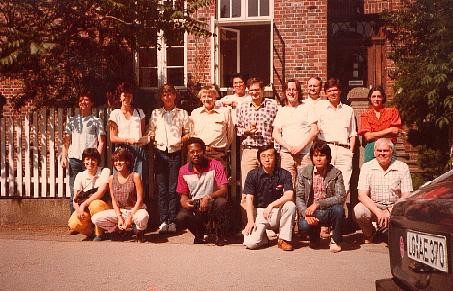Cool air to begin October. Fitting.
I saw part of The Iron Giant on TV a few years after its 1999 release, coming away with the impression that I ought to see all of it someday. That day was Saturday: Yuriko, Ann and I watched it on DVD. Upon its theatrical release, apparently the studio dropped the ball in marketing it, so the movie didn’t do well, but it caught the attention of critics. I can see why. Not flawless, but high-quality animation and a fun story.
Occasionally we still discover another food that the dog will eat. This week it was refried beans. She was pretty enthusiastic about them, in fact.
NASA has just published remarkable images of Charon, moon of Pluto. Or are they considered twins these days? I haven’t kept up with those definitions. Anyway, how often do we see something that’s absolutely, for sure never been seen by humans before? Not often.
Around 30 years ago, when I bought my first car, I remember pricing some Volkswagens. As usual for a young man, I was looking for an inexpensive car. Volkswagens of the time weren’t as inexpensive as I thought they would be.
A decade earlier, when you wanted an inexpensive car, they would have been the thing. They were People’s Cars, after all. But somehow the brand had strayed away from the entry level by the early 1980s, and before long I owned an entry-level Toyota, a company that remembered to make models at a variety of price points. I’ve bought a number of other Toyotas since then, too, above entry level.
Now that Volkswagen’s been caught committing mass fraud, I imagine the talk a few years ago between two upper-level company managers (in cartoon German accents). After all, imagined conspiracy scenes can be fun.
Hans: Can we really get away with this?
Fritz: Ja, the Americans are too stupid to catch on.
Obviously they learned nothing from the history of the 20th century.

